Neurodermatitis is accompanied by symptoms such as itching and dryness of the skin as well as increased dandruff formation. Even if the disease is not contagious, it sometimes has a strong impact on those affected in their everyday lives. If you suffer from neurodermatitis, you are not alone. With a basic therapy you can actively contribute to alleviating the symptoms.
What is neurodermatitis?
Atopic dermatitis is a skin disease that occurs in phases and affects different areas. There is sometimes severe itching on the scalp, face, hands and in the crooks of the arms and legs. Children in particular are affected by it in their first years of life.
The skin of neurodermatitis patients no longer has an adequate protective function . That's why contact with germs , physical or chemical stimuli is enough to trigger inflammation and eczema.
Complete healing of neurodermatitis is usually not possible, but there are many helpful therapies that can reverse eczema.
Who can get neurodermatitis?
Children are mainly affected by neurodermatitis. The probability of still getting it decreases with increasing age . Even children who have suffered from neurodermatitis sometimes lose the symptoms again as they get older.
The so-called "one-third rule" states that one-third of all children retain the neurodermatitis, one-third of the patients lose it again, and one-third develop severe atopic dermatitis as they get older.
Neurodermatitis is hereditary. If both parents suffer from it, the probability that the child will also be affected is 60 to 80 percent.
Why do you get neurodermatitis?
The exact cause of the disease has not yet been finally clarified. However, according to experts, several factors are responsible for the development of neurodermatitis. These differ depending on the patient and their medical history .
causes
Various factors play together in the development of neurodermatitis. These include a disturbed barrier function of the skin and genetically determined tendencies of the immune system to react excessively to stimuli from the environment that are harmless to healthy skin.
Hereditary predisposition plays a major role in neurodermatitis. There are often other sufferers in the family of neurodermatitis patients. Scientists assume that certain genes on different chromosomes are responsible for whether a person is predisposed to it or not. However, the disease is not a purely hereditary disease , as it can also occur on its own.
In many patients, a change in a gene that inhibits the production of a specific protein plays a role. This is called filaggrin and is involved in the cornification of skin cells. It also regulates the composition of skin fats. If the body produces too little filaggrin, the skin no longer has enough moisture, which is why it dries out. The result is eczema.
Having a predisposition to neurodermatitis does not necessarily mean that you will get it.
risk factors
Risk factors are also known as triggers and, as the name suggests, ensure that flare-ups and eczema are triggered . Sick people react very individually to the various factors. They include:
-
Textiles (e.g. wool)
-
sweat
-
strong temperature fluctuations, unfavorable climatic conditions (dry air, cold air, muggy)
-
Allergy triggers such as house dust mites, mold, animal hair, pollen, food and additives (cow's milk, chicken protein, nuts, wheat, soy, fish, seafood)
-
certain jobs and occupations such as wet work, heavy soiling work, work where rubber or vinyl gloves must be worn for long periods of time
-
Improper cleaning of the skin through the use of skin-irritating cleaning agents, cosmetics (e.g. skin-irritating fragrances or preservatives)
-
tobacco smoke
-
psychological stress (stress, sadness, exciting experiences, boredom)
-
Infections (severe cold, tonsillitis)
-
hormonal factors (pregnancy, menstrual bleeding)
What are the symptoms of neurodermatitis?
Atopic dermatitis is accompanied by various symptoms, which can differ from one another depending on the stage. The main symptom in every phase of neurodermatitis is severe itching caused by the eczema on the affected areas of the skin . Patients, especially children, often begin to itch. However, this brings the neurodermatitis sufferer only short-term relief.
In atopic eczema
If the neurodermatitis is in an acute inflammatory stage , the following symptoms are common:
-
intense red glowing skin
-
blistering and weeping of the skin
-
severe itching
-
Burning and pain on damaged skin
Typical areas affected by the inflammation are the skin in the crook of the arm, the back of the knee and the face.
In the chronic stage of inflammation
Neurodermatitis can progress from the acute stage to a chronic condition . Symptoms are as follows:
-
dry, increasingly scaly condition of the skin
-
sensitive skin that tears easily
-
coarse skin folds
-
itching that can be very severe
The main symptom in neurodermatitis patients is itching at every stage. Many sufferers also suffer from sleep disorders because they unconsciously continue to scratch themselves at night. The result is fatigue and difficulty concentrating at school and at work.
Eczema symptoms by age
Eczema can occur at any age . This also affects the type of symptoms and how severe or mild they are. While some patients have a relatively mild course of the disease, others suffer from severe symptoms that can even limit them in everyday life.
Cradle cap in babies
If neurodermatitis occurs in infancy , it is also referred to as infant eczema or cradle cap. The reason for this is that the scab that forms is reminiscent of dried milk . This occurs from birth to the second year of life.
Symptoms are reddened and scaly skin , especially on the head and cheeks. Affected areas can be dark red and weep . If they dry again later, the scab develops.
Cradle cap often resolves on its own. However, other parts of the body can also be affected with age. With fatty substances, such as oil, you can combat annoying scalp problems in babies.
If cradle cap occurs without any other symptoms, it does not have to be neurodermatitis!
Neurodermatitis in children and adolescents
The typical appearance of neurodermatitis appears in children from 3 to 8 years of age. The hollows of the knees and the crooks of the arms are particularly affected by the skin changes.
The itching is particularly distressing for children, who often cannot sleep well as a result. This is why there is increased irritability and lack of concentration during the day. Conflicts in the family and at school are often the result. The resulting stress can in turn trigger new flare-ups . A vicious circle is created from which the young patients can only escape with help and empathy.
Even in this phase, the neurodermatitis can subside and even disappear on its own. In other cases , however, the affected areas also spread to the skin on the face, neck, wrists and ankles or the backs of the hands.
Neurodermatitis in adults
If neurodermatitis only occurs in adulthood, the hands, ears, neck and face are usually affected by atopic eczema . More often, however, adults suffer from it because they were already ill as a child. In this case, there is a high probability of lifelong neurodermatitis .
Atopic dermatitis can also occur as a minimal variant, for example in the form of lip inflammation (cheilitis), nipple eczema and tears (rhagades) on the earlobes. Scaling redness and tears on the tips of the fingers and/or toes are also possible.
Possible complications of neurodermatitis
Atopic dermatitis is usually accompanied by scratched and weeping skin areas , which no longer provide protection against germs. This can lead to infections with bacteria or viruses . Examples of this are staphylococcal infections, which become noticeable through pustules, heavy weeping, yellowish crust deposits, fever and swelling of the lymph nodes, or herpes , which shows up as blisters on reddened skin . Fever and swelling of the lymph nodes can also occur.
Once the herpes viruses are in the body, they are difficult to get rid of. Those affected often experience herpes on the mouth or in the genital area at regular intervals throughout their lives.
Fungal infections can also be caused by the skin disease neurodermatitis. Yeast fungi play a role here, which can intensify atopic eczema, especially in the head and shoulder area . Possible signs of this are redness and flaking as well as itching of the skin.
In rare cases, the complications can be life-threatening. Therefore, a doctor should be consulted immediately if the symptoms appear.
Diagnosis of neurodermatitis
In order to have neurodermatitis diagnosed, a doctor must always be consulted . Different skin diseases sometimes produce similar symptoms, but have different causes . The age-related manifestation and distribution of the skin changes in connection with itching, an early onset in childhood, the relapsing course and other atopic diseases (in the patient himself or in close relatives) speak in favor of atopic dermatitis.
atopy sign
Atopy signs refer to certain characteristics that occur more frequently in people with atopic diseases . These include dry skin, increased line markings on the palms of the hands, a double crease under the eyes and white dermographism. This refers to a white line produced by stroking the skin firmly in atopic patients. In non-atopic people, this is reddened.
Dark skin around the eyes, thinning of the lateral eyebrows and a tendency to tears in the ears and corners of the mouth also indicate atopic diseases.
allergy test
Atopic eczema is often triggered or sustained by allergic reactions . An increased level of immunoglobulin E (IgE) plays an important role in allergic reactions. This occurs in many neurodermatitis patients. However, sometimes people who do not suffer from neurodermatitis also have elevated IgE levels.
Allergy tests can be used to determine whether and what those affected are allergic to. Detection of specific antibodies in the blood against inhalation and food antigens or the "prick test" can be used for this. In this test, a doctor scratches small amounts of allergen into the patient's skin and evaluates the reaction after 15 minutes. However, a positive result only shows that the patient is sensitive to the tested allergen . This does not yet prove that the neurodermatitis is influenced by it.
A blood test instead of the skin prick test makes sense if the skin appears severely inflamed or if anti-inflammatory creams are used regularly.
[Infobox] Important: Tests in which those affected come into contact with substances to which they could react allergically may only be carried out by a doctor, as life-threatening situations can occur! [info box]
What happens during a neurodermatitis flare-up?
A neurodermatitis attack is nothing more than the acute form or the acute deterioration of the skin disease . This often occurs in the winter months . Dry heating air and cold outside temperatures can be responsible for this.
Doctors use medical rating systems to record the severity of a flare-up. These are called SCORAD (SCORing Atopic Dermatitis) and EASI (Eczema Area and Severity Index) . The quality of life of the patients is determined using the DLQI (Dermatology life Quality Index) .
It is important that treatment is intensified during the flare-up, for which anti-inflammatory creams can be used. In the case of a particularly severe flare-up, medication that is administered as a tablet or through a vein can help. Once the flare-up is over, the therapy should not be stopped abruptly . Instead, you should switch to a weaker preparation of a lower class or use the preparation used less frequently .
How can you treat neurodermatitis?
Since neurodermatitis is a chronic disease , it cannot be cured by treatment, but it can be managed well. This is mainly done by taking good care of the skin and using medication.
skin care
In the case of neurodermatitis , lifelong and continuous basic care with moisturizing creams must be carried out. Depending on the season and temperature, this can be adjusted. In the summer, water-based creams are a good idea as they allow sweat to evaporate from the skin. At low temperatures, high-fat creams help prevent dry skin. Creams that contain urea are suitable for actively repairing the skin barrier.
The creams should be applied two to three times a day . Furthermore, the use of soap-free shower gel, shampoo and cleaning products as well as hypoallergenic detergents without the addition of fragrances can have a symptom-relieving effect.
Those affected should look for good basic care via pharmacies . It is best to talk to your doctor about this so that he can recommend something.
In the case of neurodermatitis, the skin should be creamed at least twice a day!
preparations containing cortisone
Cortisone preparations or steroids come in strengths of classes 1 to 4, with atopics best using the medium-strength class 2 steroids.
If used for too long or intensively, side effects such as parchment skin or steroid dependence of the skin can occur. Cortisone should always be gradually tapered off .
Foam preparations (scalp), ointments and creams (on chronically damaged skin) as well as aqueous creams or lotions (on weeping skin) are used as dosage forms. Hydrocortisone helps particularly well with neurodermatitis .
light therapy
With light therapy , the neurodermatitis sufferer has to bathe in a liquid that contains medication. This is followed by UV radiation in a light cabin for a short time. In chronic stages of the disease, the so-called narrow-spectrum UV therapy is primarily used. Risks are premature skin aging and sunburn, which can promote skin tumors.
Light therapy is mainly used in adults, but may also be possible in underage patients over 12 years of age.
step therapy
Stepped therapy involves treatment with drugs that are given either as pills or intravenously. A 4-step scheme that takes into account the severity and course of the disease has proven itself.
-
Level 1 (basic therapy) : Patient education and training, basic care, avoidance of relevant allergens
-
Stage 2 (mild eczema) : external therapy with anti-inflammatory agents, if necessary use of antiseptics against bacterial infections
-
Stage 3 (moderate eczema) : external treatment with more effective preparations, possibly as fat-moist compresses and light therapy
-
Level 4 (persistent, severe eczema) : systematic treatment with action on the immune system
What is the course of the disease and the prognosis for neurodermatitis?
Patients have to accept the disease because it cannot be cured. Bad phases alternate with better ones. At times, neurodermatitis can even subside completely . Long-term dealing with eczema and itching leads to increased stress and impairments in everyday life for many of those affected.
Spontaneous regression can occur in children. In adulthood, atopic skin changes will then no longer occur. Nevertheless, the predisposition to diseases of the atopic type remains permanently.
Statistically, three out of ten children also suffer from eczema at least temporarily in adulthood.
Can you prevent flare-ups of neurodermatitis?
In order to prevent flare-ups, consistent basic care of the skin is crucial. Breathable clothing and bed linen are also recommended. Instead, sufferers should avoid anything that could irritate the skin. Undyed natural fibers, cotton and silk are particularly suitable. Clothing must be adapted to the season to avoid heat build-up.
Extensive bathing or showering can encourage flare-ups. Therefore, in the case of neurodermatitis, only those parts of the body that come into particularly heavy contact with sweat or other excretion products should be cleaned regularly. Fragrances must be avoided in washing products.
Sports that encourage heavy sweating are also not recommended. Regular swimming or yoga, as well as meditation and cycling, are more suitable.
How can you reduce the risk of neurodermatitis?
Certain things can reduce the risk of developing neurodermatitis or other atopic diseases. This plays a particularly important role in so-called risk children , i.e. children who could be hereditary .
Important tips for prevention:
-
No smoking during pregnancy or immediately after child birth
-
Breastfeed babies for at least 4 months
-
Eat a balanced diet while breastfeeding
-
Hypoallergenic infant formula for children who are not (fully) breastfed
-
Supplementary feeding from the 4th month of life
-
Avoid cats as pets
There is evidence that a Mediterranean diet can also protect against atopic diseases. This also applies to the consumption of vegetables, fruit, omega-3 fatty acids and milk fat. However, this needs to be researched in more detail before it can be relied upon.

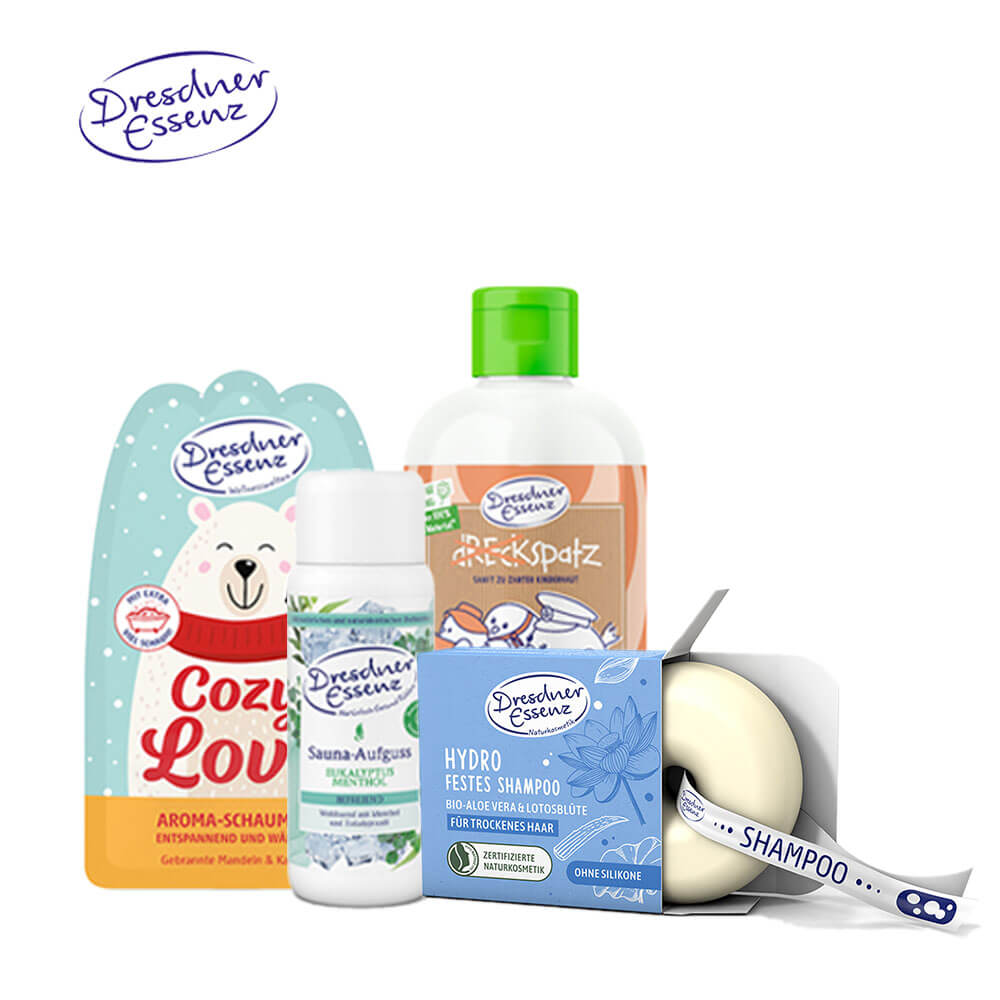
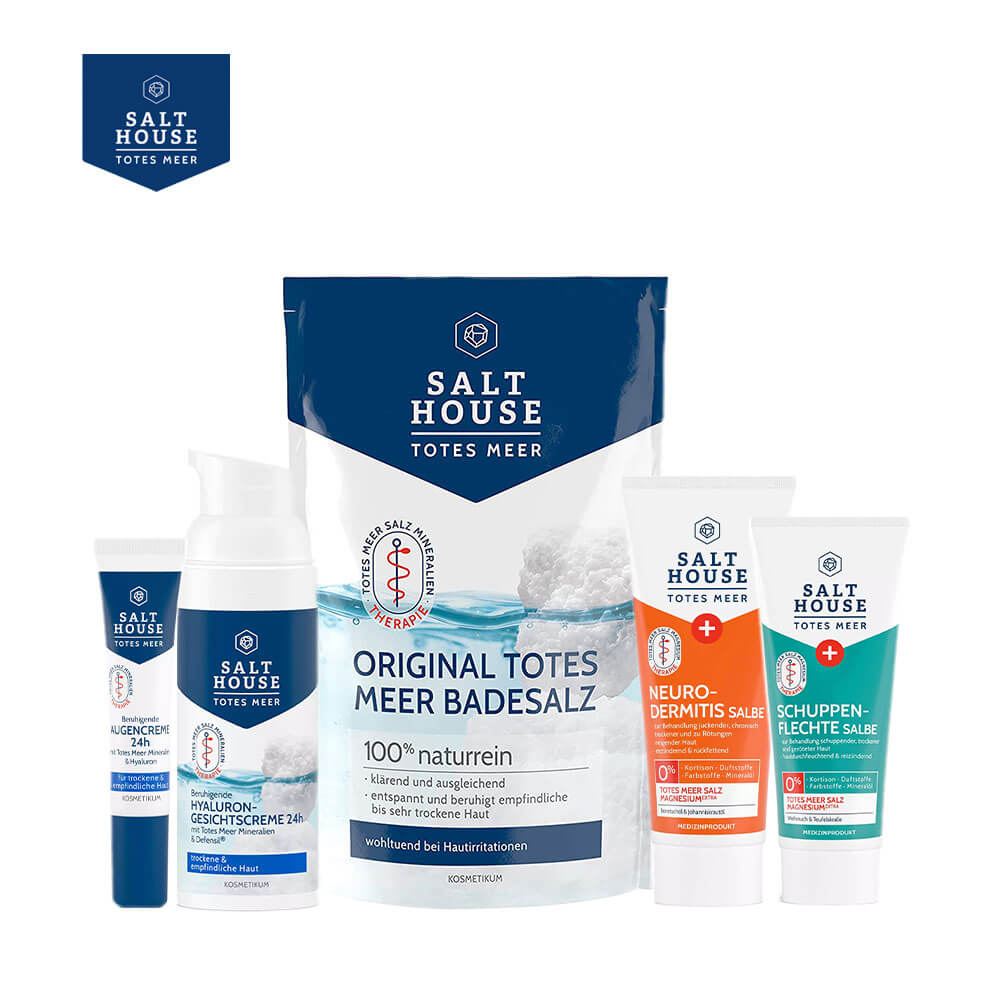
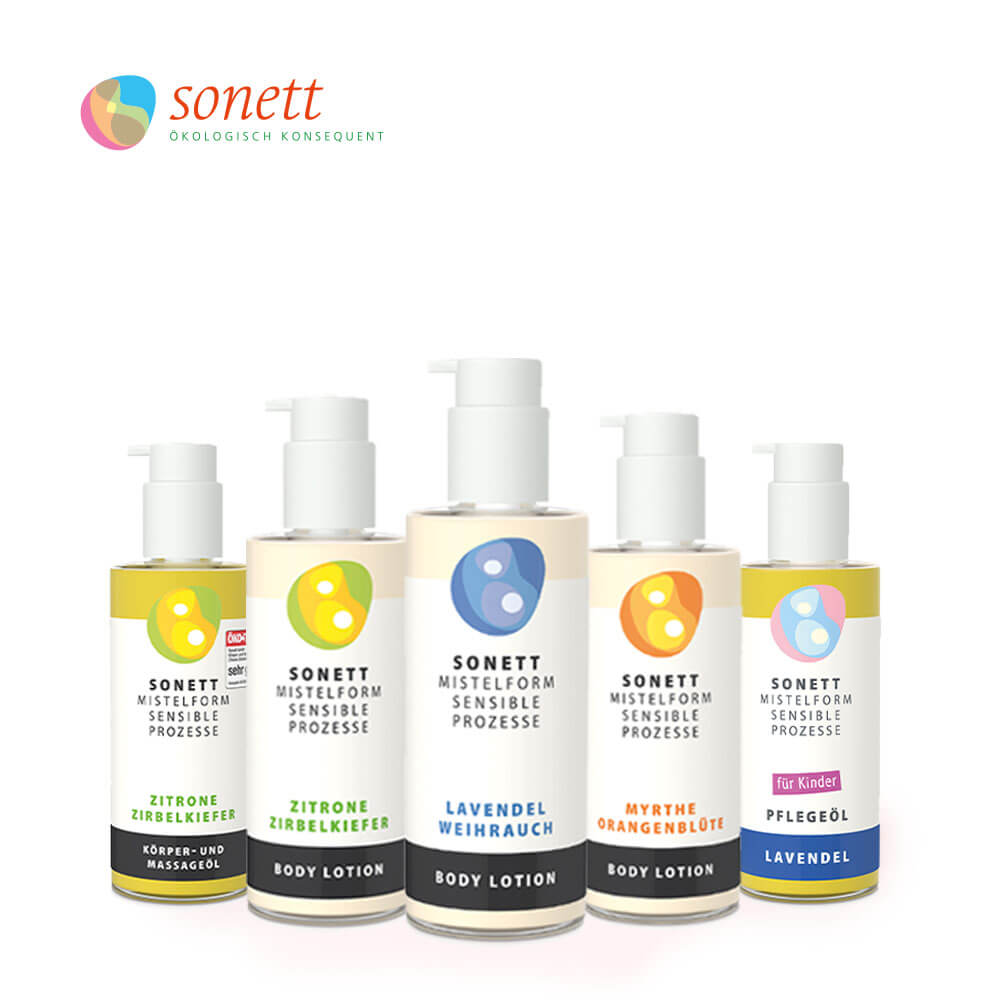

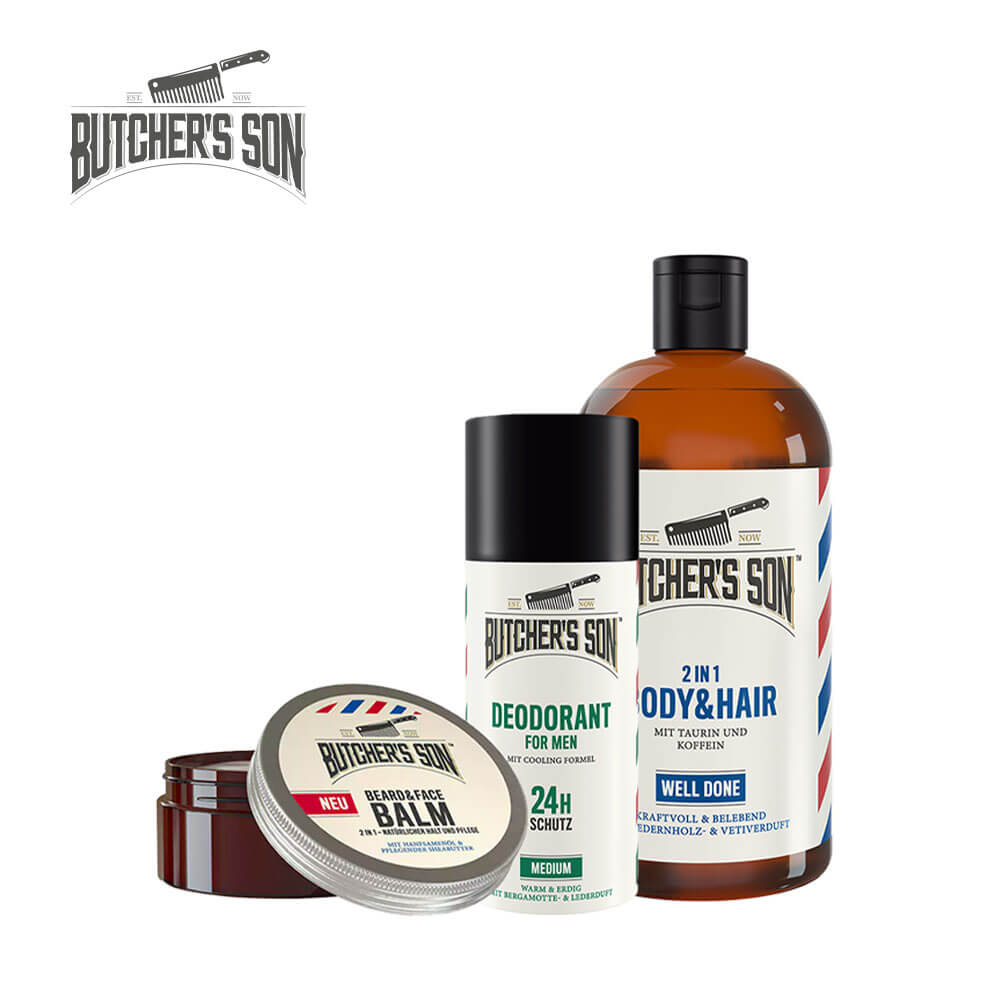
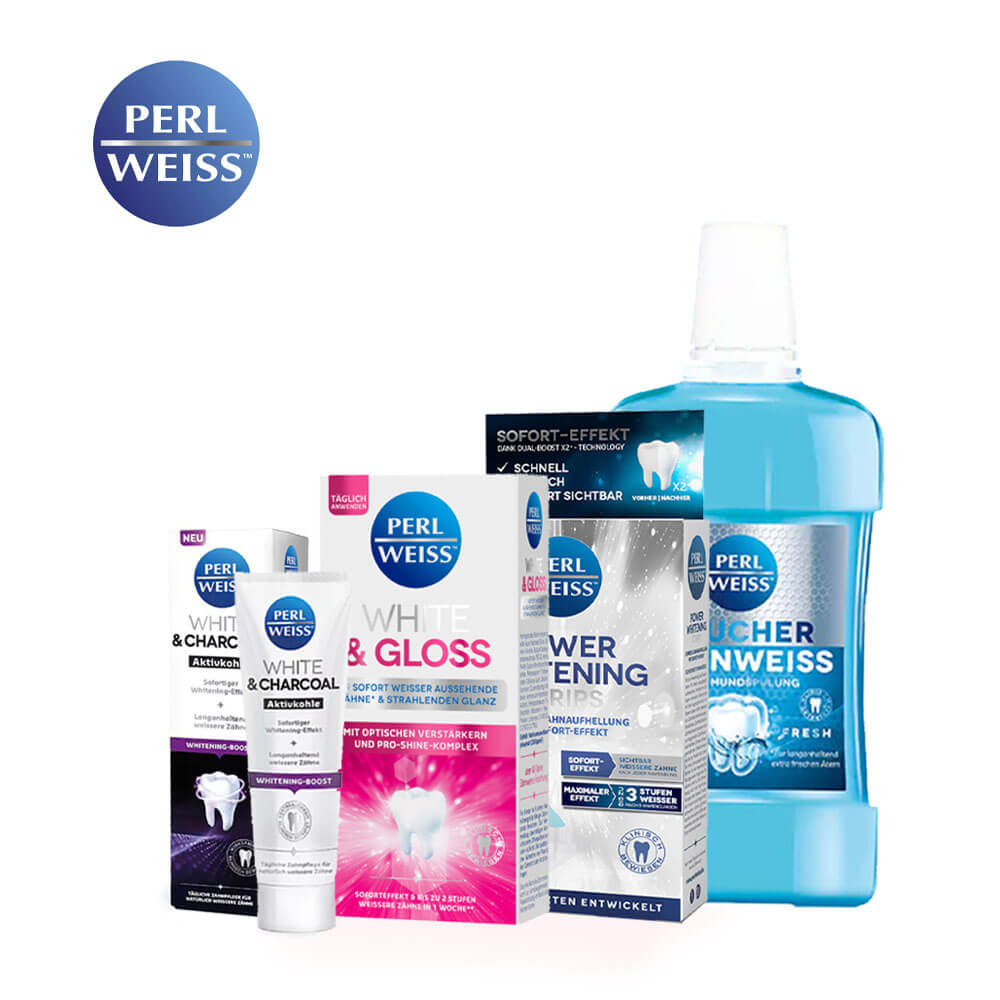
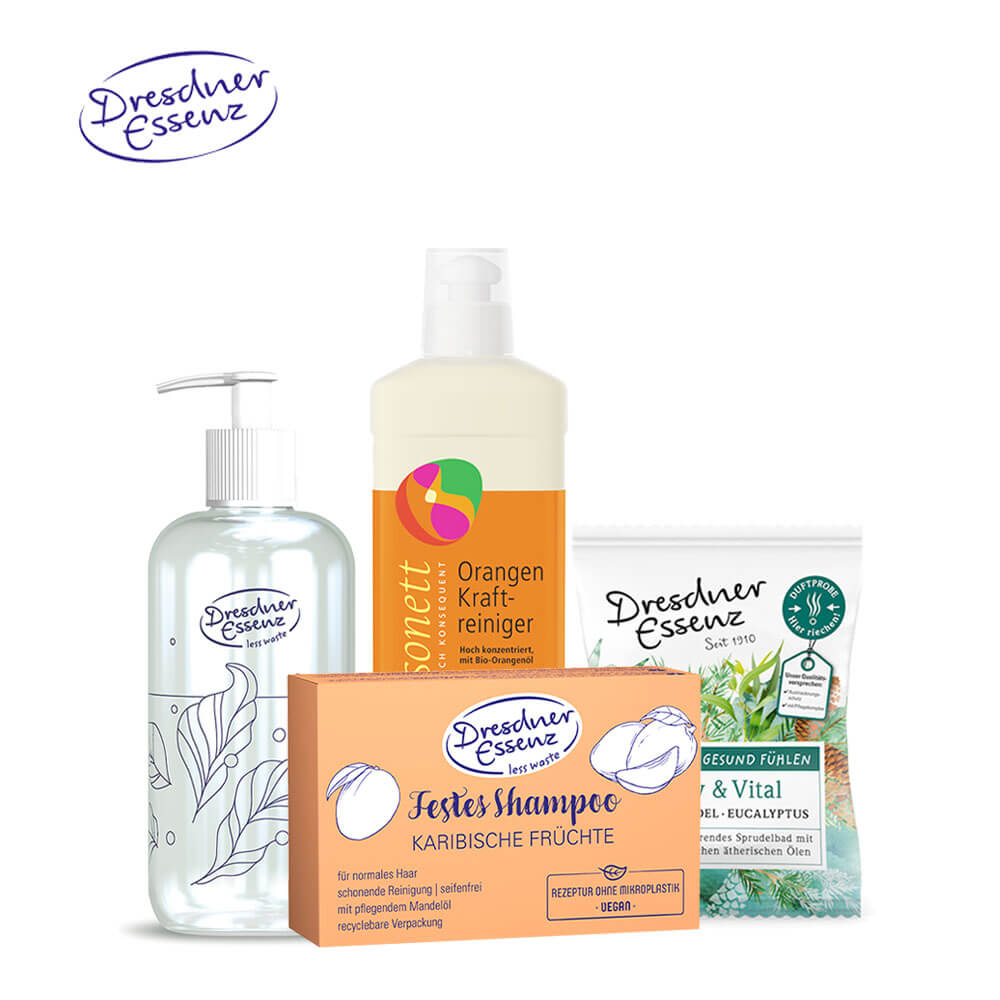
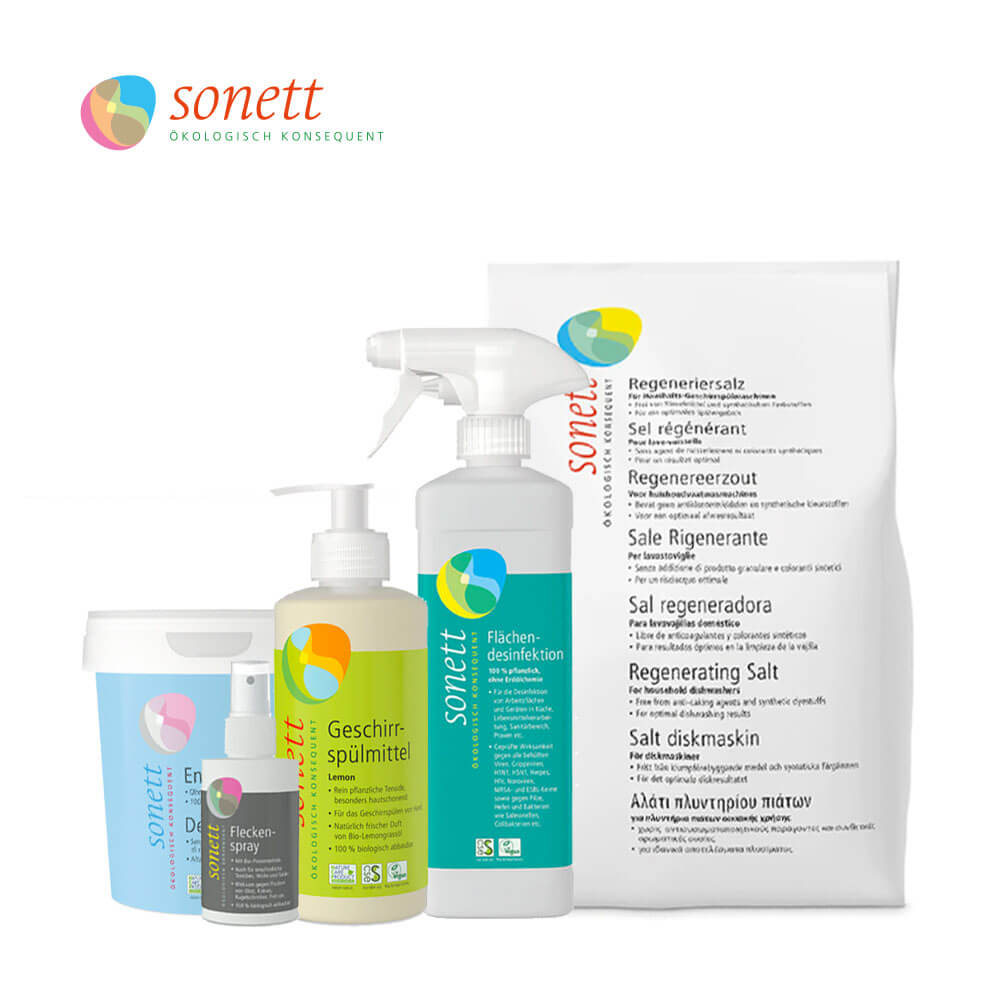
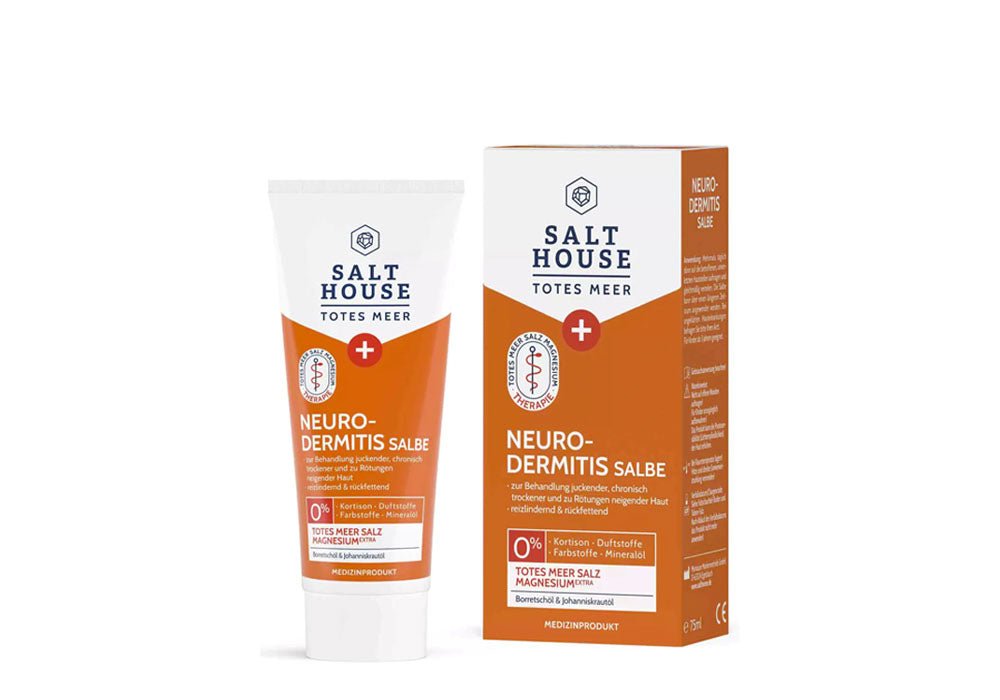
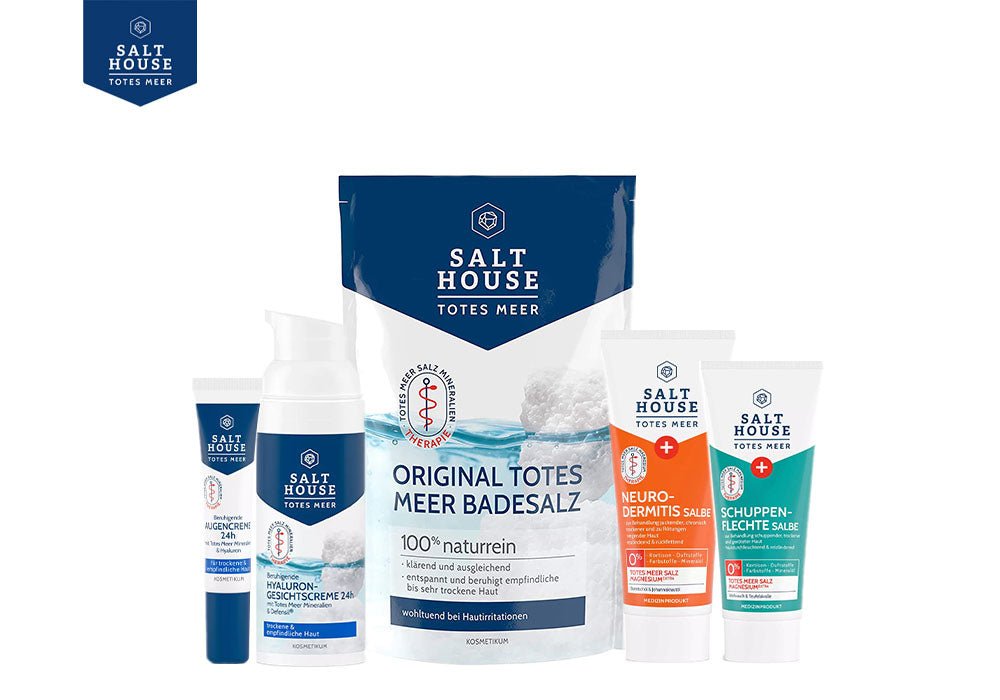
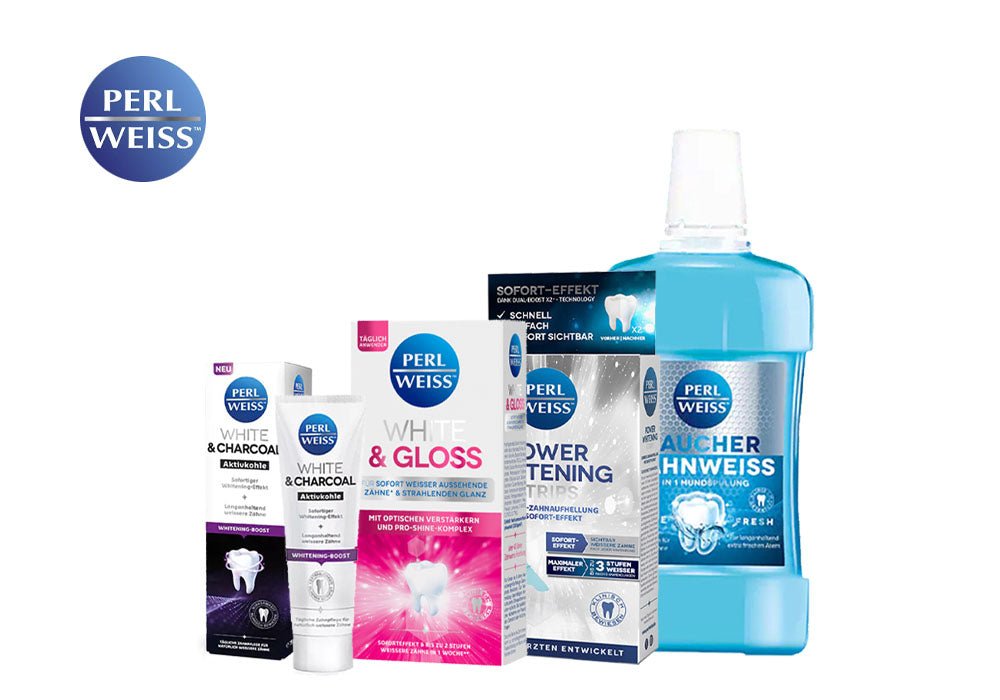
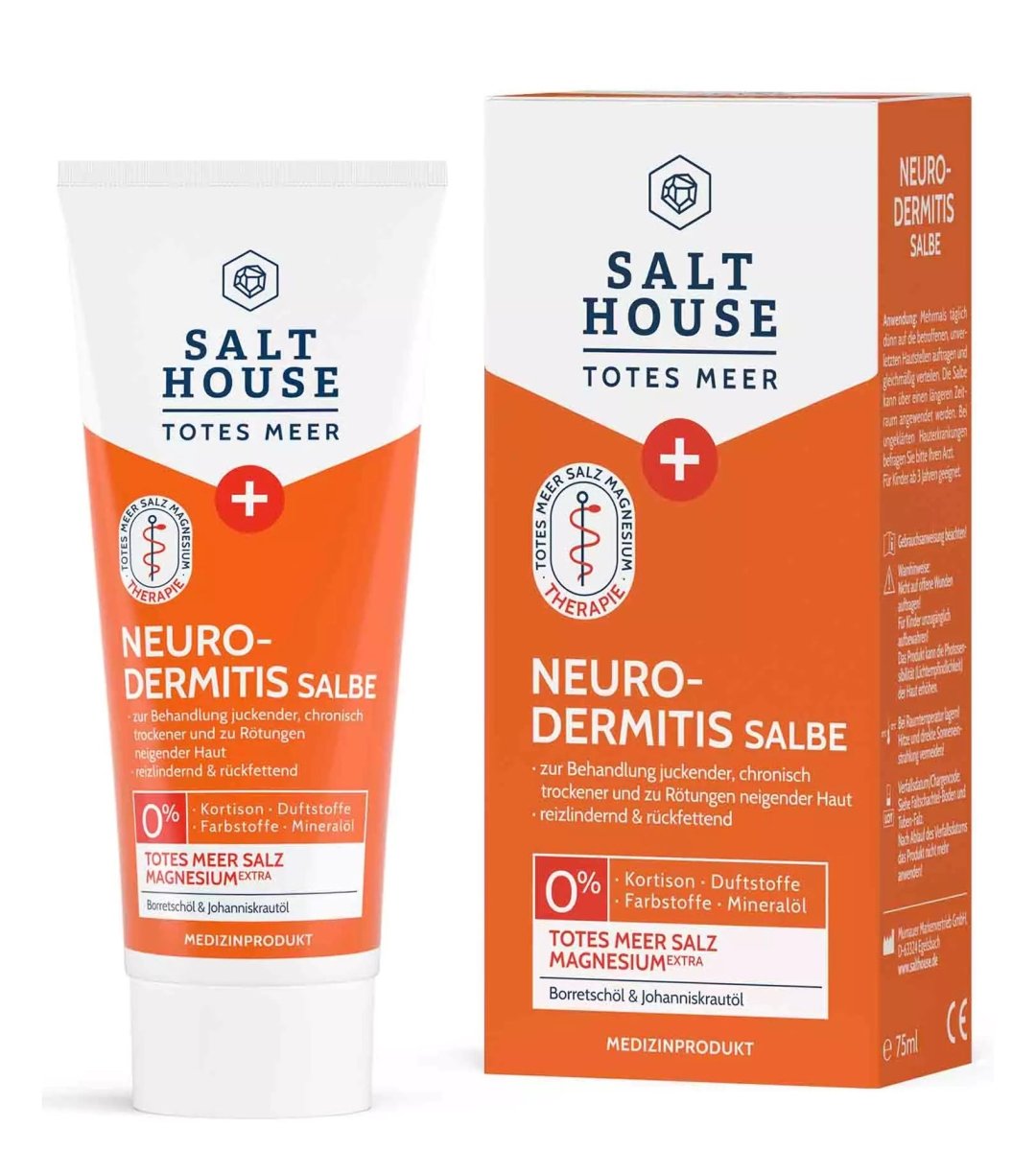
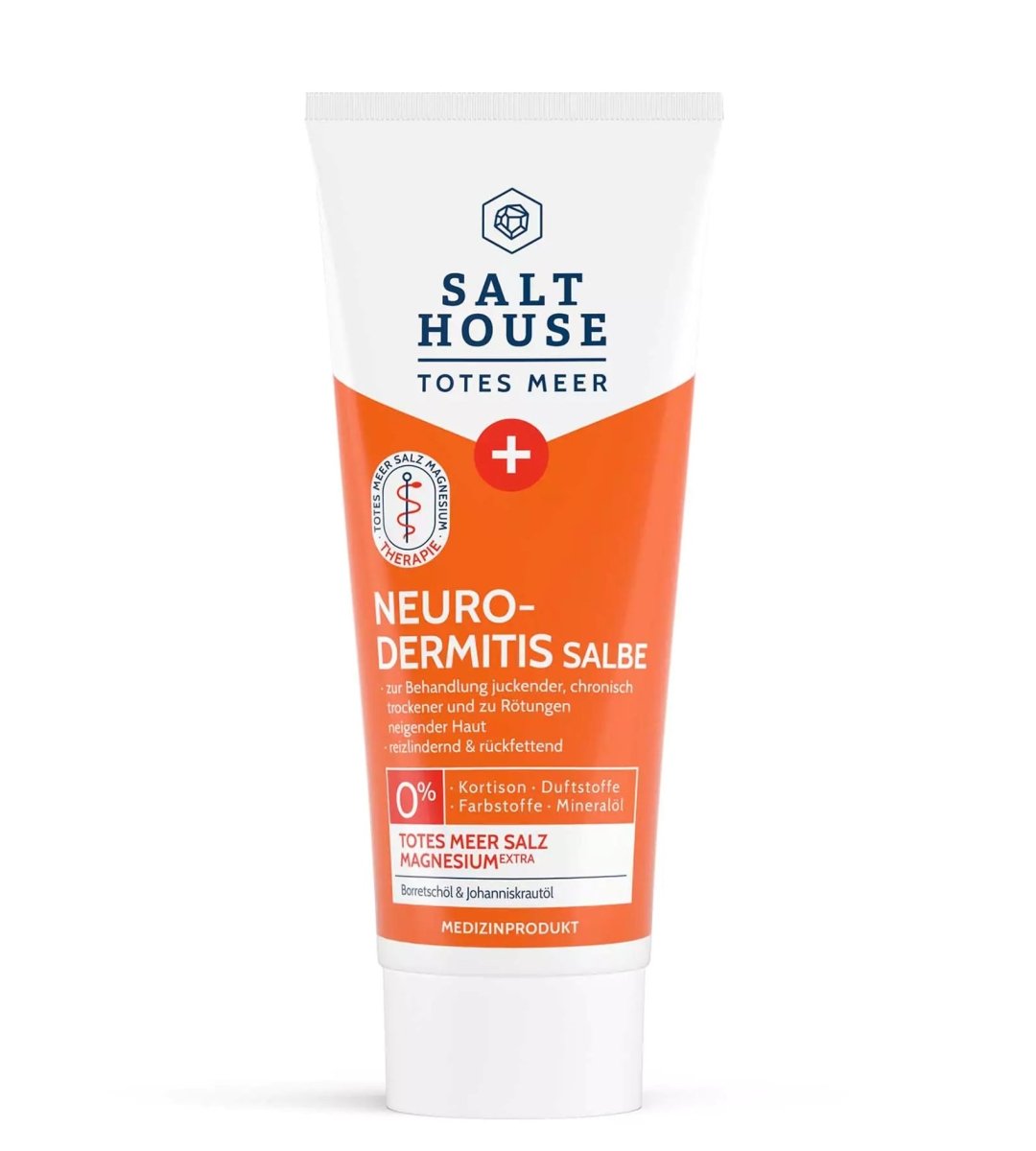
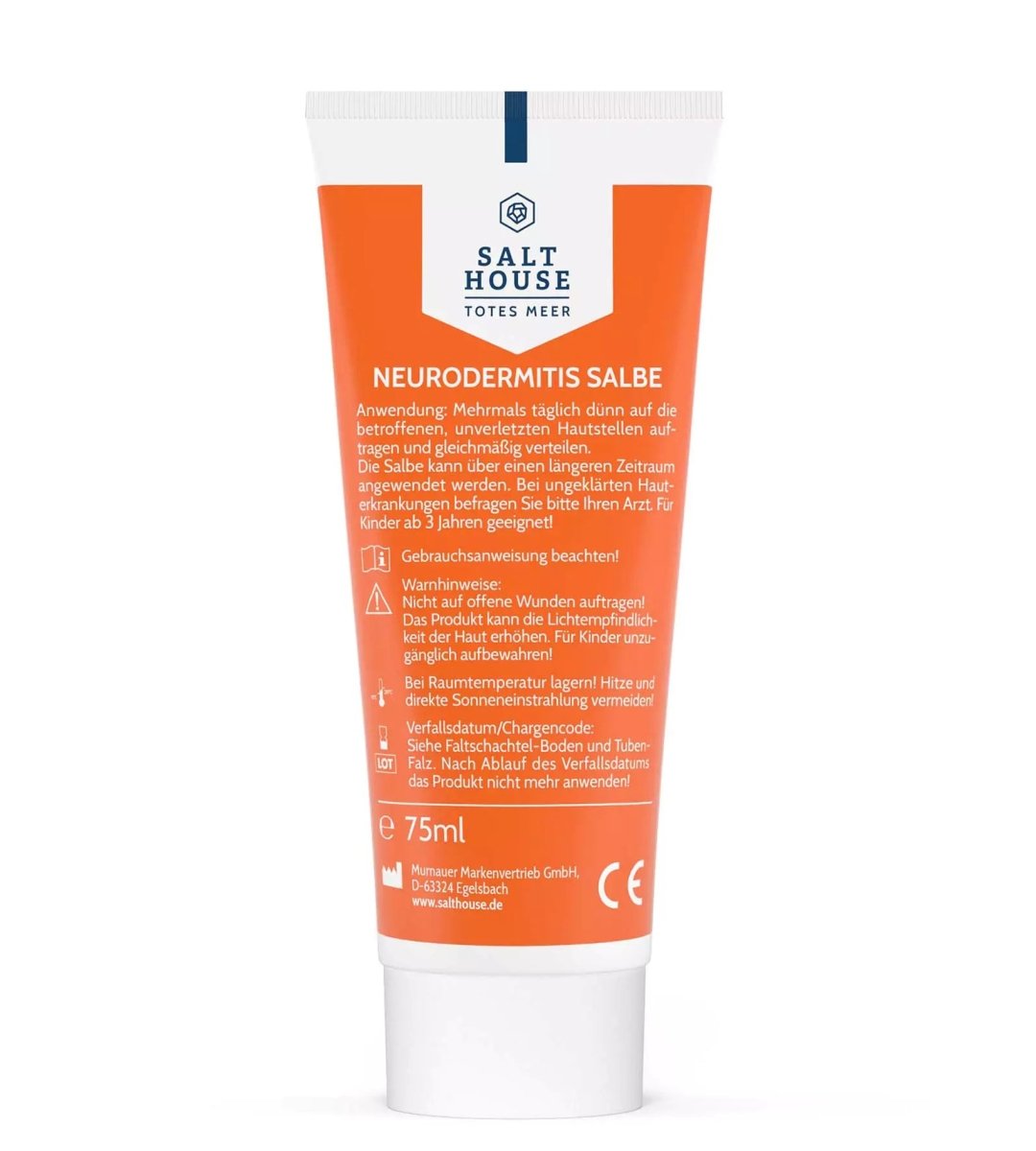
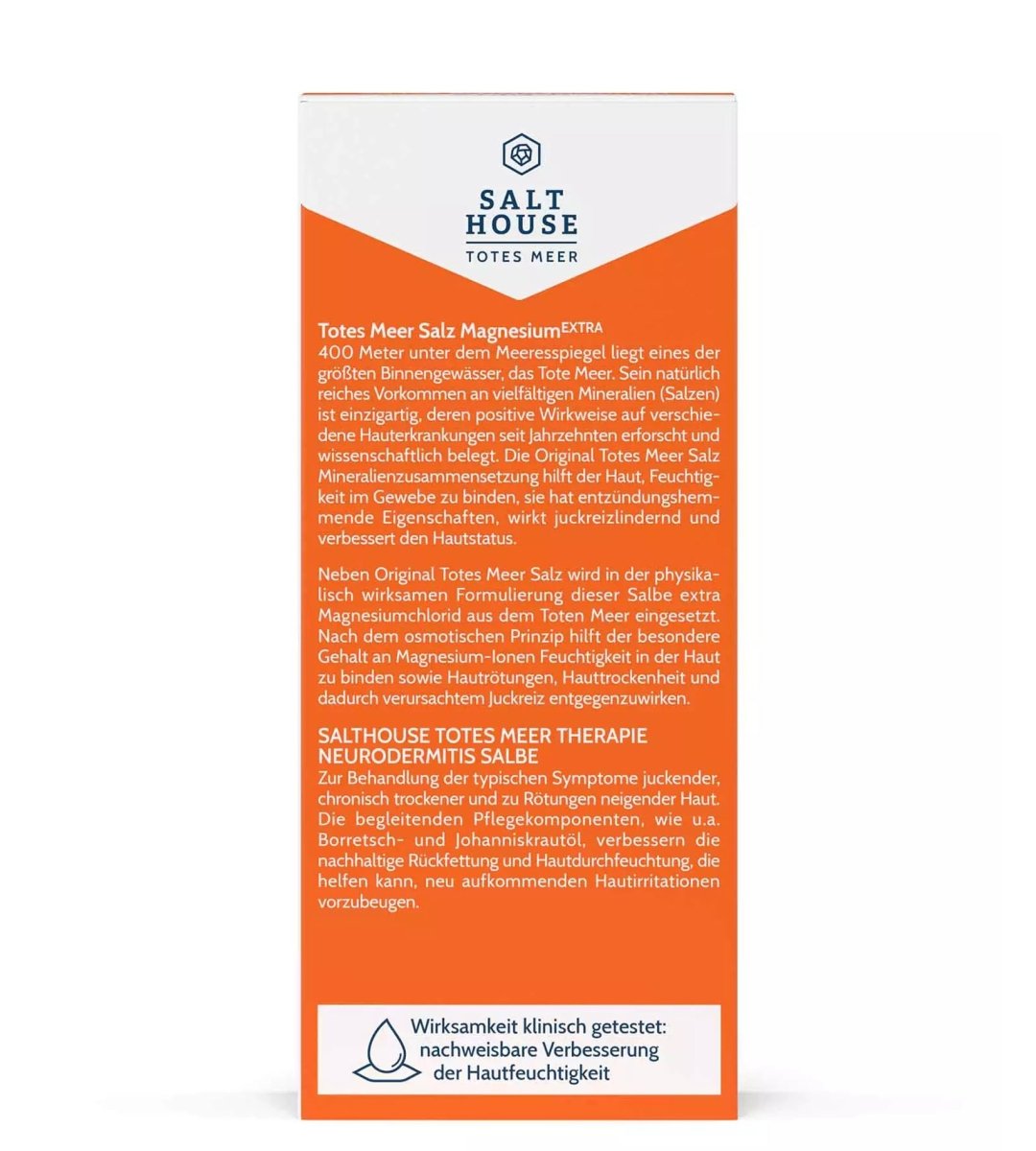
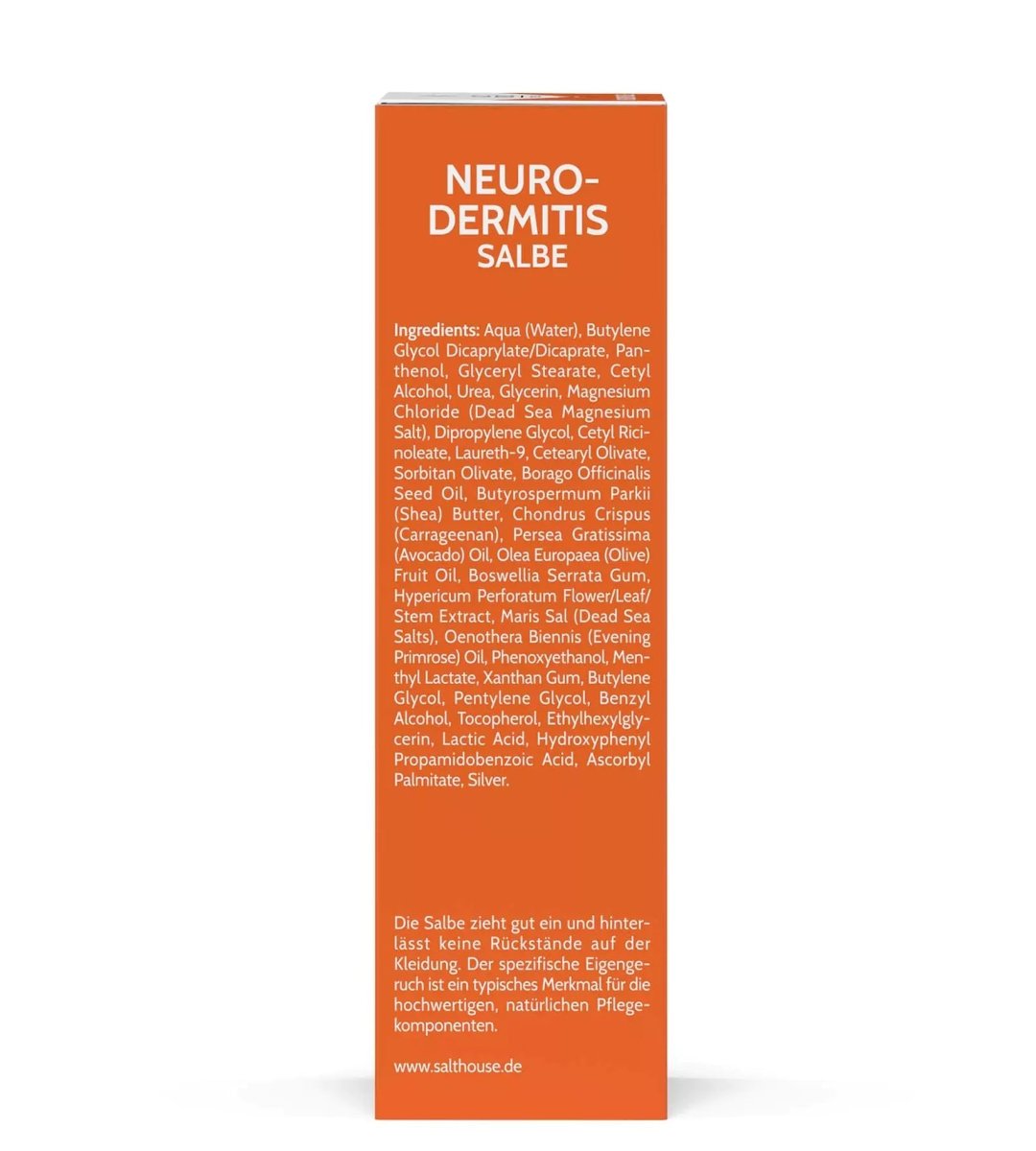
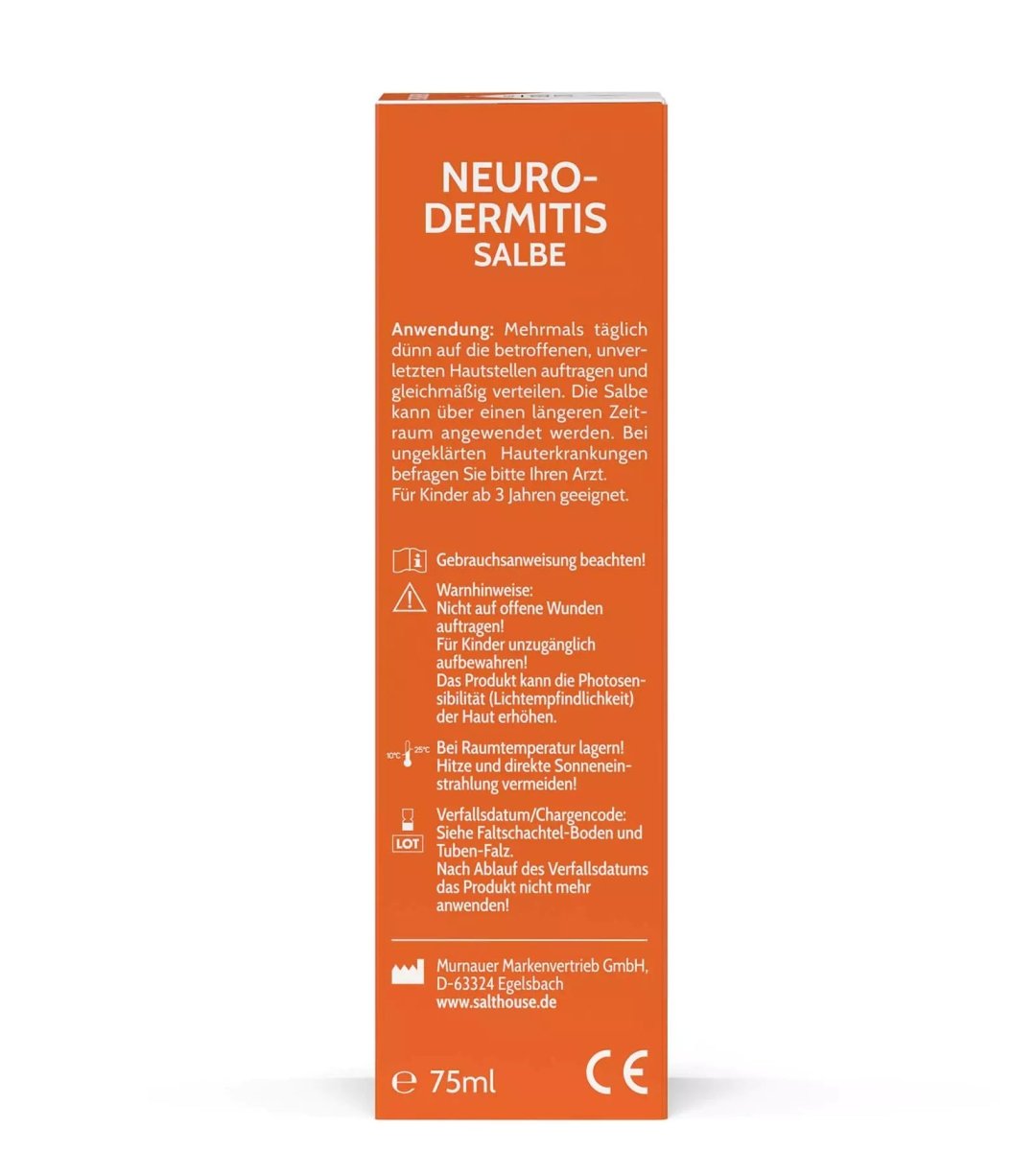
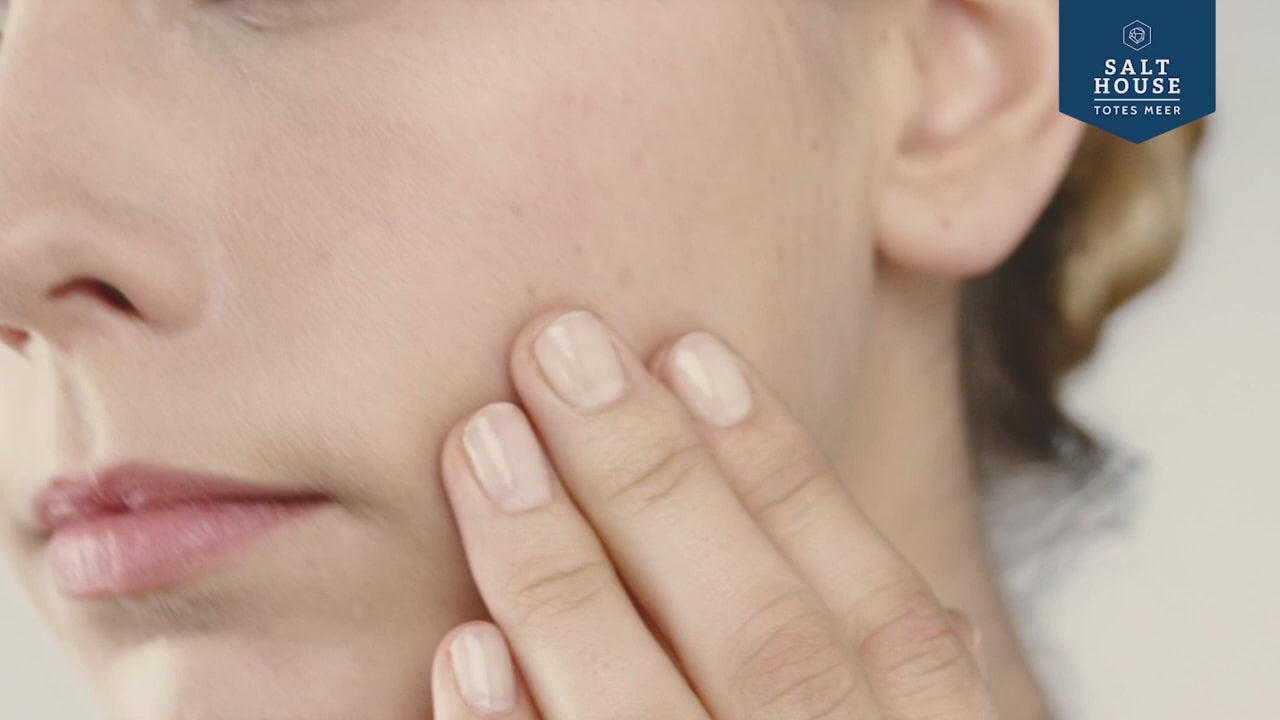
Leave a comment
All comments are moderated before being published.
This site is protected by hCaptcha and the hCaptcha Privacy Policy and Terms of Service apply.